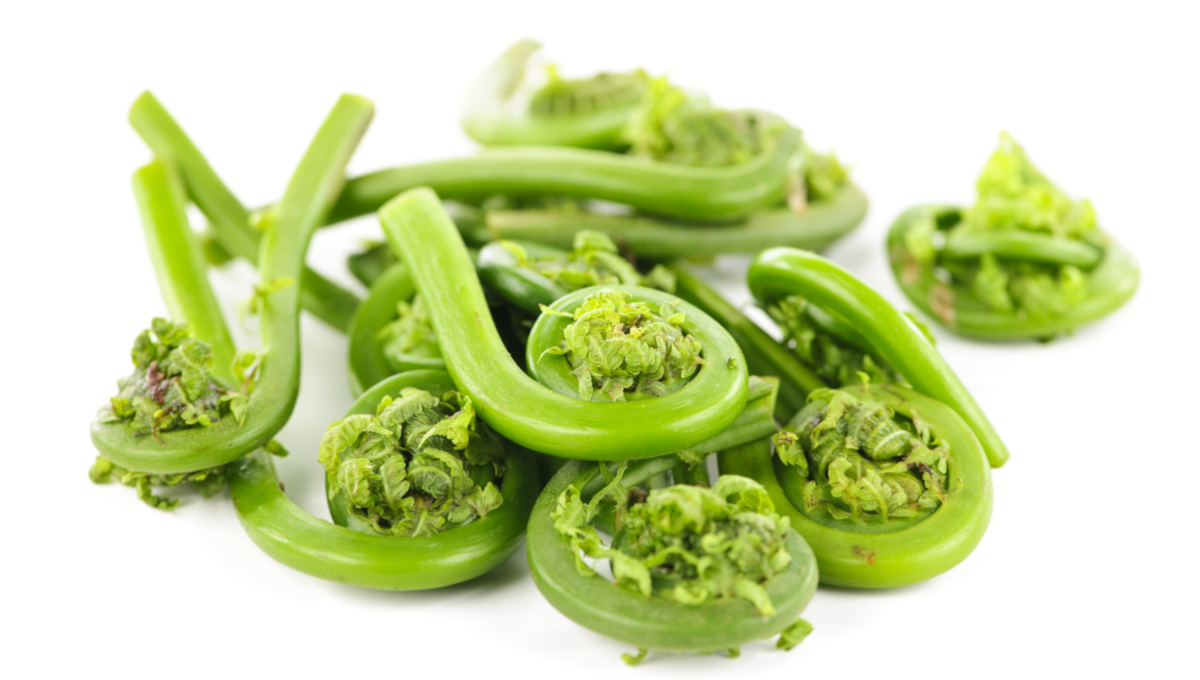Fiddleheads, the curled, edible shoots of the ostrich fern, are a seasonal delicacy harvested in many parts of the Northern United States and Canada. Other types of ferns, like foxglove and bracken ferns, are not safe to eat because they may be toxic or carcinogenic.
However, a number of outbreaks of foodborne illness from eating raw or undercooked fiddleheads have been reported in the United States and Canada since 1994. Proper handling and thorough cooking of fiddleheads can reduce the risk of foodborne illness.
Tips for safe consumption of fiddleheads:
Cleaning Fresh Fiddleheads
Before cooking fiddleheads, it is important to clean them properly. To do this, remove as much of the brown papery husk as possible using your fingers. Then, wash the fiddleheads in fresh, cold water to remove any residual husk or dirt.
Cooking Fiddleheads
Under no circumstances should fiddleheads be eaten raw. To ensure they are safe for consumption, follow these steps:
- Cook them in a generous amount of boiling water for 15 minutes or steam them for 10 to 12 minutes.
- Discard the water used for boiling or steaming fiddleheads and thoroughly wash pans and bowls used for cooking.
- Follow the above instructions before sautéing, frying, baking, or making other foods (e.g. soups, casseroles) using fiddleheads.
Freezing Fiddleheads
If you plan to freeze fiddleheads, it is important to follow these steps:
- Clean fiddleheads as outlined above.
- Blanch fiddleheads for two minutes.
- Plunge fiddleheads in cold water. Drain.
- Discard the blanching water.
- Pack drained fiddleheads in freezer containers or bags.
- Store them in the freezer for up to one year.
- Follow the complete cooking steps outlined above before.
(To sign up for a free subscription to Food Safety News, click here)

